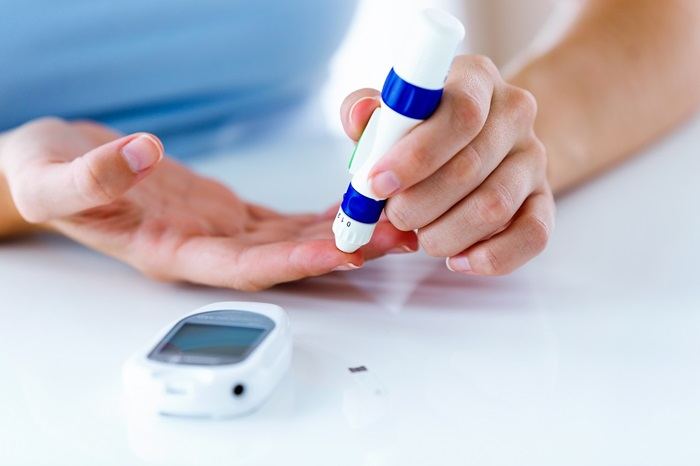A study from The Second Affiliated Hospital of Zhejiang University School of Medicine, published on March 10, 2025, in Cyborg and Bionic Systems, explores Ultrasound Localization Microscopy (ULM) as a method for tracking Type 2 Diabetes and assessing treatment effectiveness.
ULM provides high-resolution, real-time images of the pancreas, revealing important changes in blood vessels and β-cell function linked to the disease.
Type 2 Diabetes causes inflammation that affects pancreatic blood vessels and β-cell function. Traditional imaging methods struggle with early detection, but ULM offers a clearer picture of these changes.
Using a rat model induced by a high-fat diet and streptozotocin, the researchers observed microvascular changes using ULM and contrast-enhanced ultrasound. The results helped track disease progression and the impact of XOMA052, an anti-cytokine therapy, which showed improvements in pancreatic blood vessel structure and function.
This study suggests that ULM is a valuable, non-invasive tool for monitoring Type 2 Diabetes and testing new treatments, although there are limitations, such as the resolution affected by the ultrasound system and the use of animal models. Nonetheless, ULM may offer new opportunities for early diagnosis and treatment of the disease.
Related topics:
- What is the Difference Between Type 2 and Type 1 Diabetes?
- What Is High Blood Sugar For Type 2 Diabetes?
- What Is High About Type 2 Diabetes Blood Sugar Levels ?


